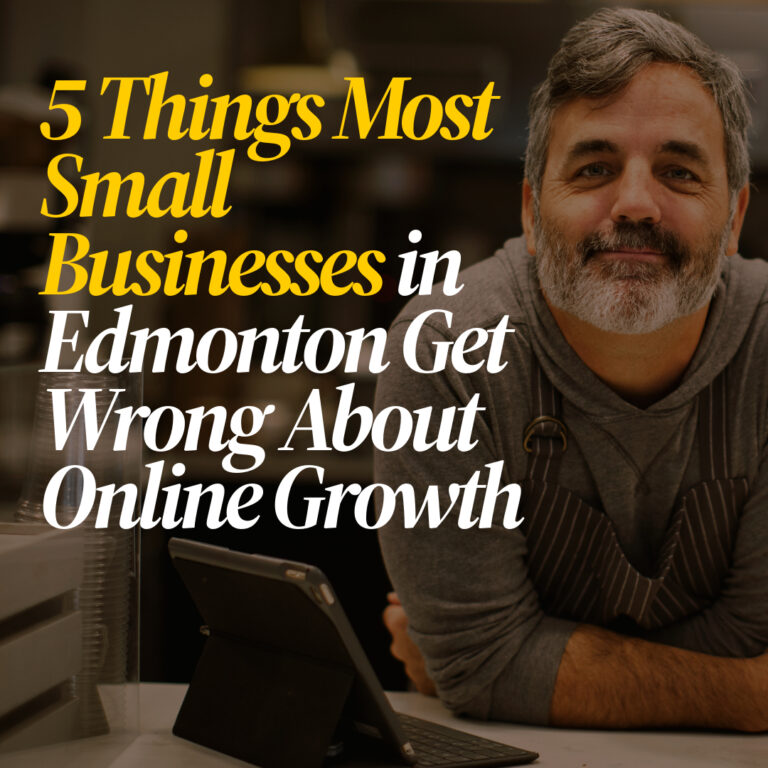SEO vs. Paid Ads: What Google Really Wants You to Know
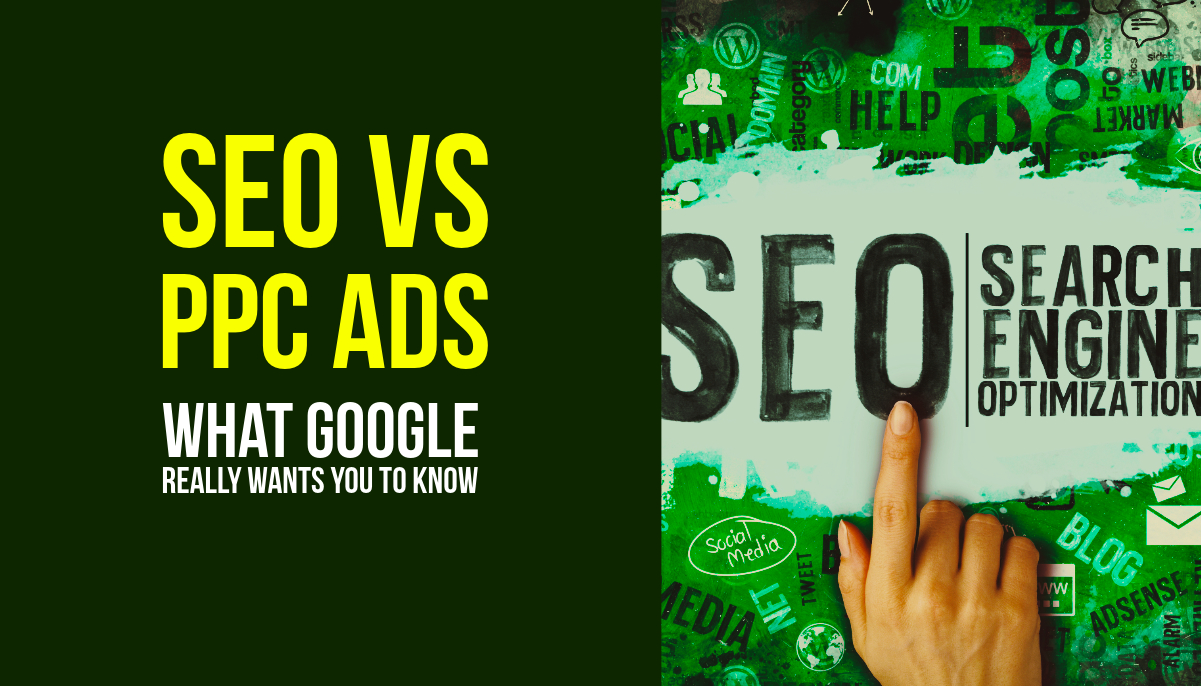
SEO vs. Paid Ads: Unpacking What Google Really Wants You to Know
An Expert’s Guide to Choosing the Right Strategy for Real Results
When small business owners or marketing managers weigh SEO versus Paid Ads, the conversation usually boils down to cost and speed. But that surface-level thinking barely scratches the surface of what’s really at stake—or what Google is silently signaling through its tools, algorithms, and ad products.
In this definitive guide, we’ll demystify what each channel offers, when to use which, and how to align your strategy with Google’s real goals—not just the ones that pad their ad revenue.
First Things First: What Does Google Really Want?
Google has been explicit about its core mission for decades:
“To organize the world’s information and make it universally accessible and useful.” – Google Mission Statement
That’s not just branding fluff. It tells you everything about how they treat organic results (SEO) and sponsored listings (PPC):
- SEO supports that mission by offering high-quality, relevant answers to queries.
- Paid Ads help monetize the platform, but only as long as they also meet high relevance and user experience standards.
Bottom line? Google rewards content and ads that solve problems, not just sell products.
Key Differences at a Glance: SEO vs Paid Ads
| Feature | SEO (Search Engine Optimization) | Paid Ads (PPC / Google Ads) |
|---|---|---|
| Cost | Time + expertise (no direct cost per click) | Cost per click/impression |
| Time to Results | Slow (3–6 months for traction) | Fast (can appear in hours) |
| Longevity | Long-term value, compounding over time | Stops when ad spend stops |
| Credibility | Perceived as more trustworthy by users | Marked as “Ad” – less organic trust |
| Control | Less control (Google ranks based on signals) | Full control over keywords, bids, copy |
| Placement | Earned positions (via algorithm) | Bought positions (via bidding) |
| Click-Through Rates | Generally higher for top organic results | Lower unless ad is highly optimized |
SEO: What It Is, Why It Matters, and When It Wins
SEO is all about earning visibility in search engines through content relevance, site structure, speed, and user satisfaction. When done right, SEO becomes a sustainable traffic engine that pays dividends for years.
When SEO Shines:
- You want long-term growth without recurring ad spend.
- You aim to build authority and trust over time.
- You’re in an industry with high click-through rates for organic listings (like health, finance, or services).
- You want to dominate search for key local or industry terms.
Core SEO Elements:
- On-Page SEO: Keywords, headings, metadata, image alt tags, content quality.
- Technical SEO: Site speed, mobile-friendliness, indexability, structured data.
- Content Strategy: Blogging, service pages, FAQs, evergreen content.
- Backlink Profile: Inbound links from credible sites.
- User Signals: Dwell time, bounce rate, click-through rate.
What to Do Before You Invest in SEO:
- Audit your website’s foundation (speed, structure, mobile UX).
- Identify search intent behind keywords you’re targeting.
- Map content to the buyer’s journey.
- Plan for consistency – SEO is not a one-and-done.
Paid Ads (PPC): What They Offer and When to Use Them
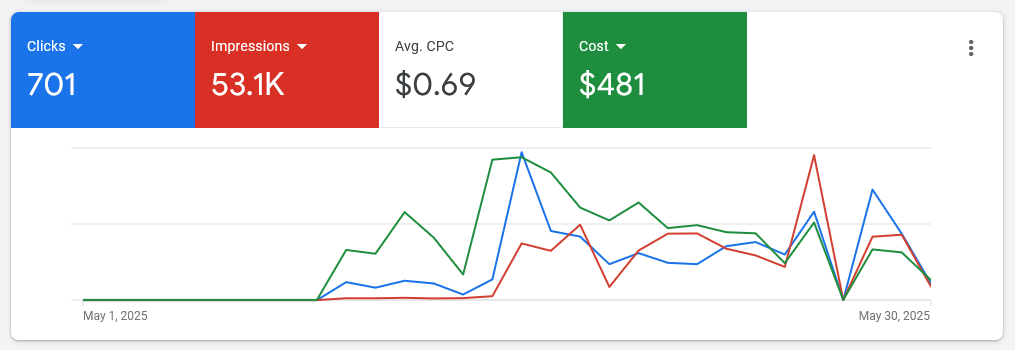
Paid ads, like Google Ads, offer a fast lane to visibility. You bid for keywords, write copy, and get immediate placement—at a price.
When PPC Works Best:
- You’re launching a new product or service and need instant traction.
- You need to test a market or message quickly.
- You operate in a highly competitive niche where organic ranking is tough.
- You’re running limited-time promotions or local events.
Paid Ads Components:
- Search Ads: Appear above organic results.
- Display Ads: Visual banners across Google’s network.
- Shopping Ads: Product-based with images and prices.
- Remarketing: Ads shown to past visitors.
- Smart Campaigns & Local Service Ads: For small/local businesses.
What to Do Before Launching Your First Paid Ad:
- Set clear goals (leads, sales, calls, bookings).
- Define a realistic budget and bidding strategy.
- Write compelling ad copy tied to keyword intent.
- Design high-converting landing pages.
- Set up tracking using Google Tag Manager & GA4.
When SEO and Paid Ads Work Better Together
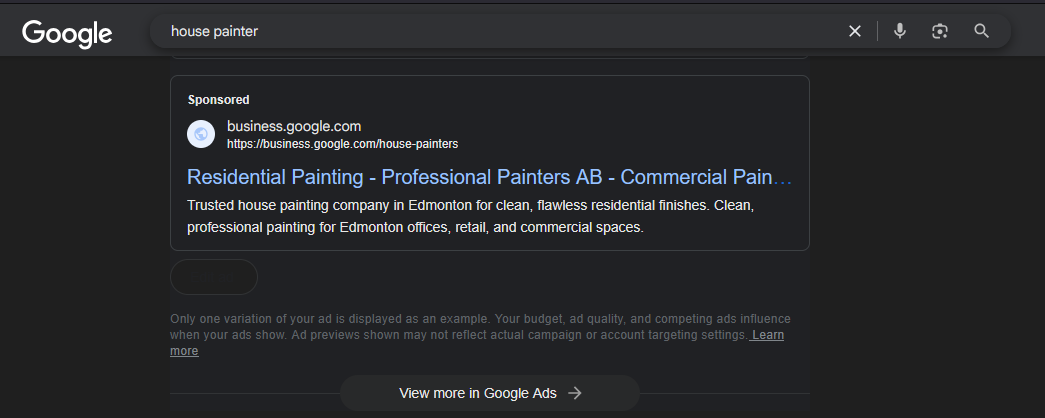
Google Paid Ad
One of the most misguided beliefs in small business marketing is that you must choose one or the other. In reality, SEO and PPC complement each other beautifully.
Smarter Strategy: Integrate SEO and PPC When:
- You want to own more real estate on the SERP (Search Engine Results Page).
- You’re testing SEO content using paid campaigns first.
- You use PPC to retarget visitors who found you organically.
- You want to double down on high-converting keywords via both channels.
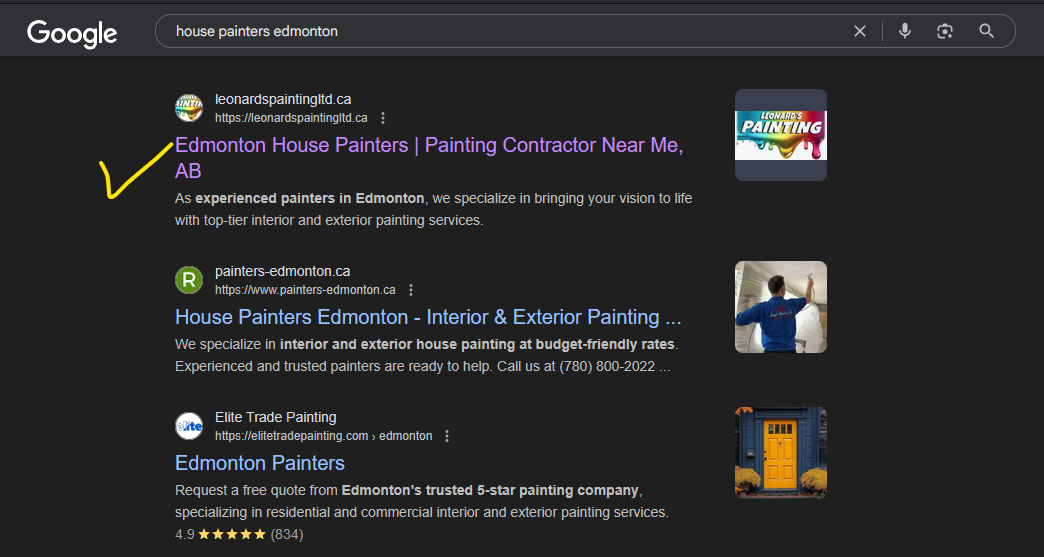
SEO Strategic placement
Example Tactic:
- Use Google Ads’ keyword data to identify high-converting queries, then build SEO content around those same terms.
The Real Insight: What Google’s Behavior Tells Us
Google wants users to trust their search results, whether organic or paid.
They incentivize ad spend, but penalize irrelevant or misleading ads.
Organic results still command more clicks, dwell time, and trust.
With every update, Google pushes websites toward better UX, better content, and faster delivery.
In other words: Google favors what users favor.
If your paid ads or SEO efforts match searcher intent, provide genuine value, and create a frictionless experience, Google rewards you—either with better ad placement or higher rankings.
Final Takeaways: Which Should You Choose?
Go SEO If:
- You want sustainable, compounding results.
- You’re in a trust-based industry.
- You have time and patience.
Go Paid Ads If:
- You need fast visibility.
- You’re launching or testing.
- You have the budget and short-term goals.
Go Both If:
- You want to scale visibility, dominate your niche, and gather valuable user data.
Still Torn? Here’s What to Do Next:
- Run a site audit (use tools like Ahrefs, SEMrush, or Google’s own Lighthouse).
- Define your primary goal: leads, sales, awareness?
- Test both: Start with a small PPC campaign while investing in SEO fundamentals.
- Track everything: Use data to decide where to double down.


